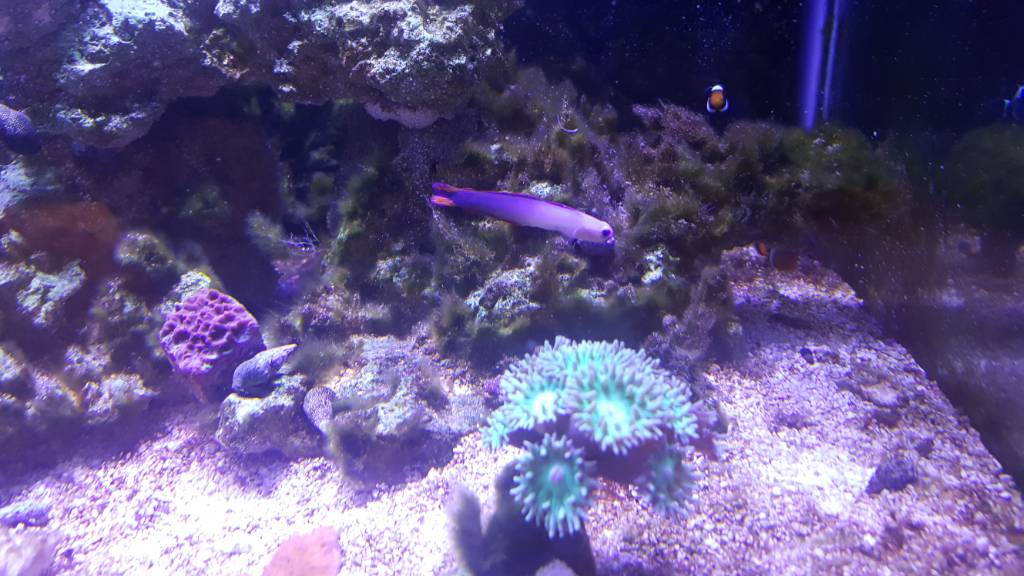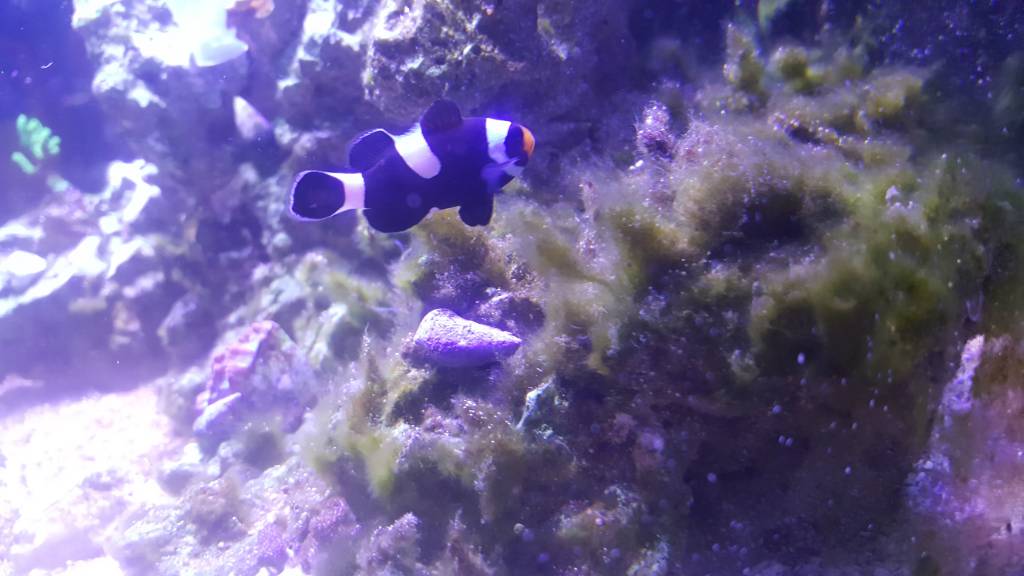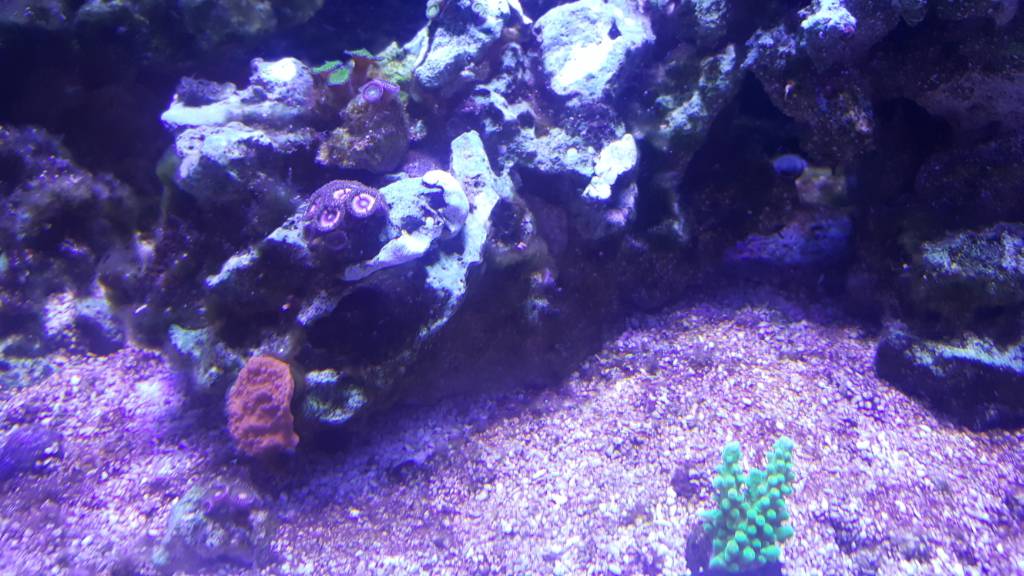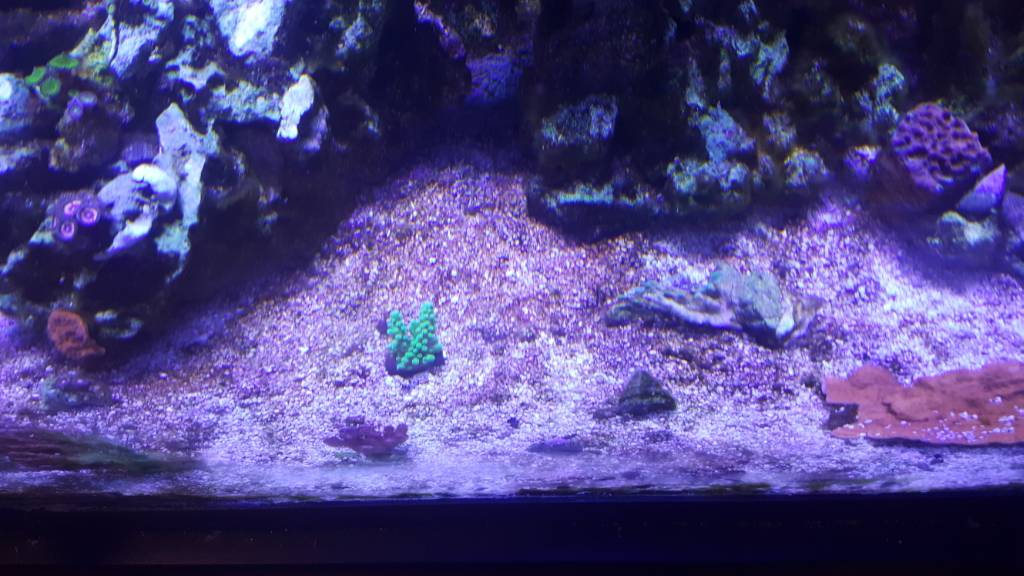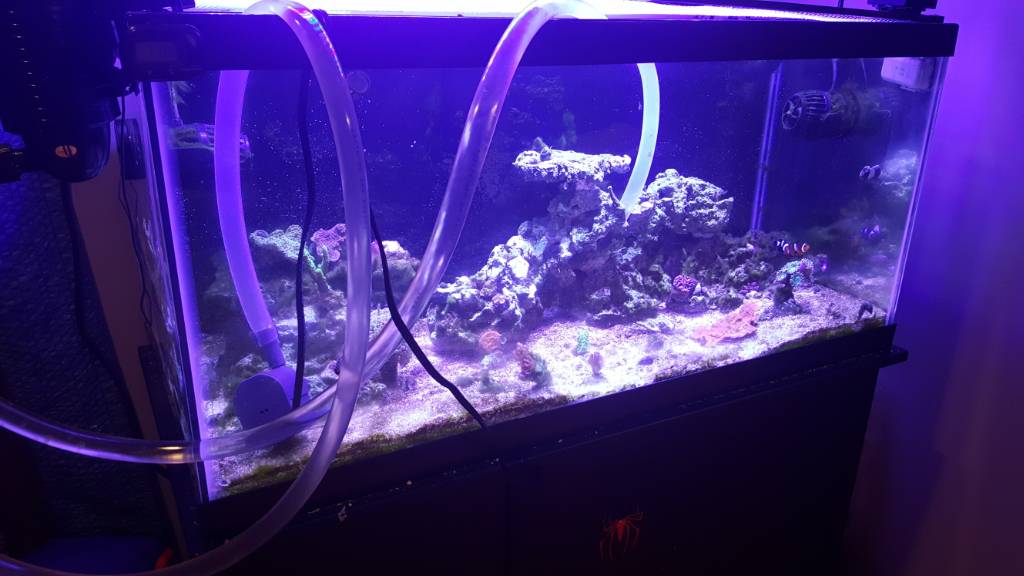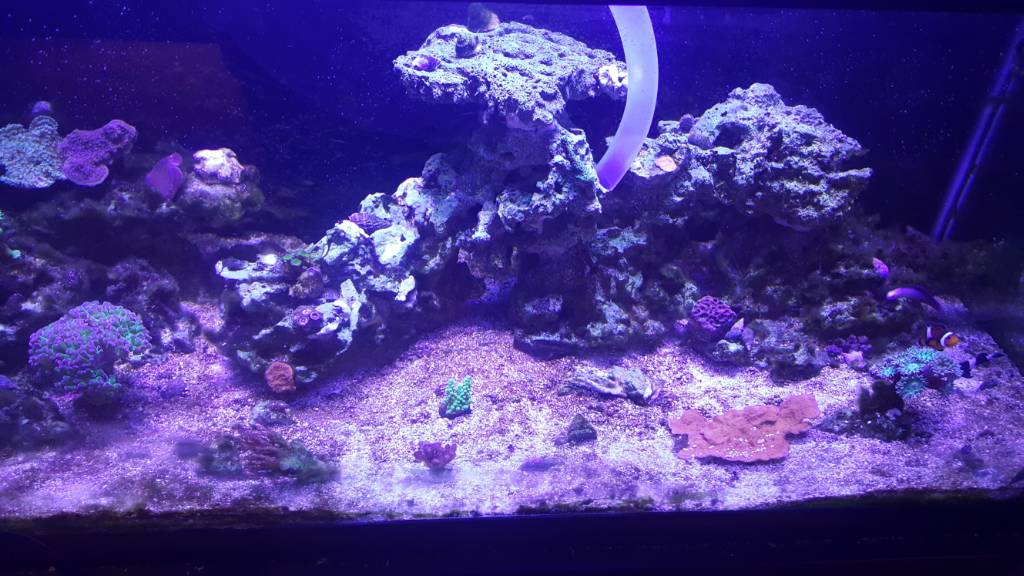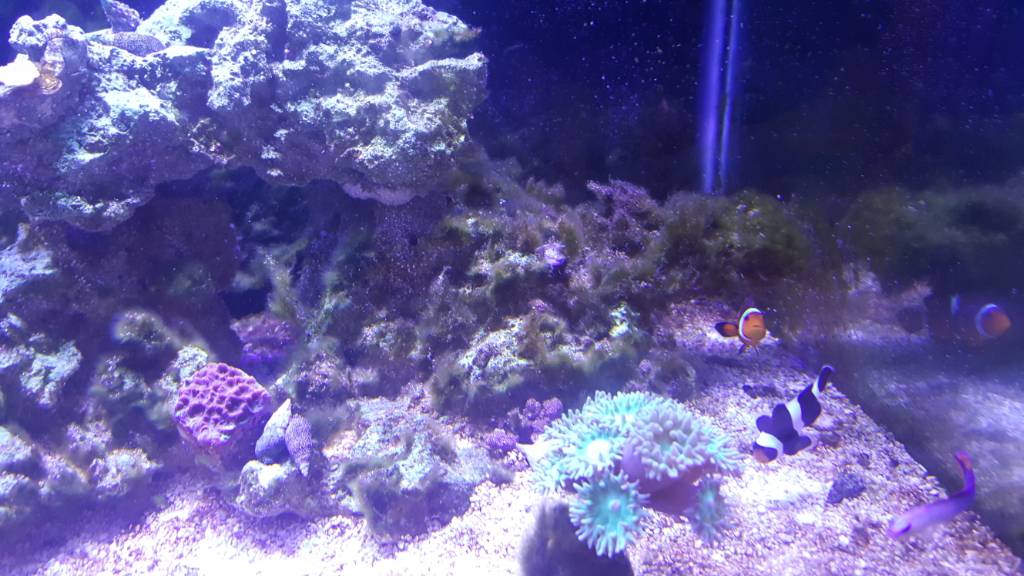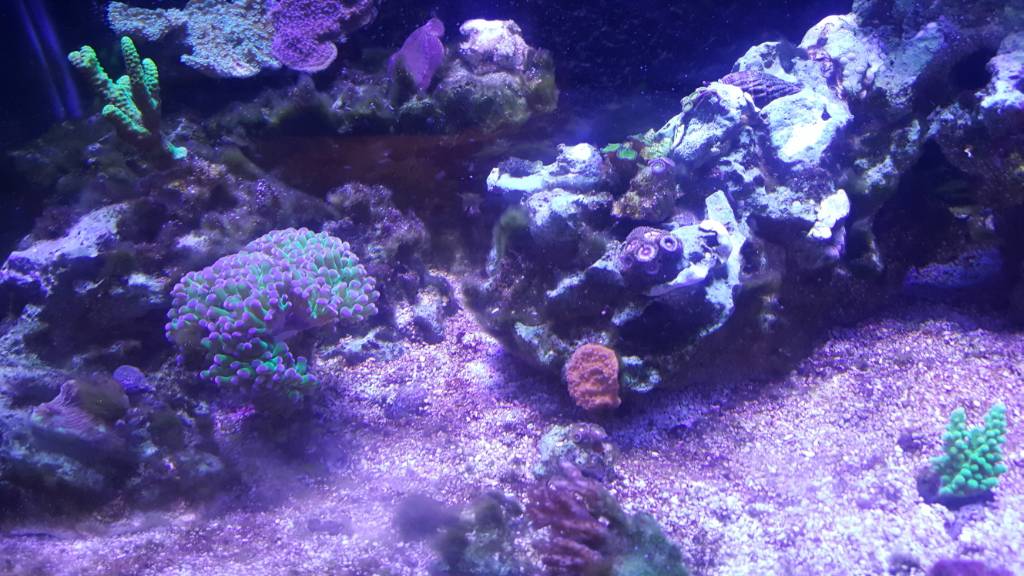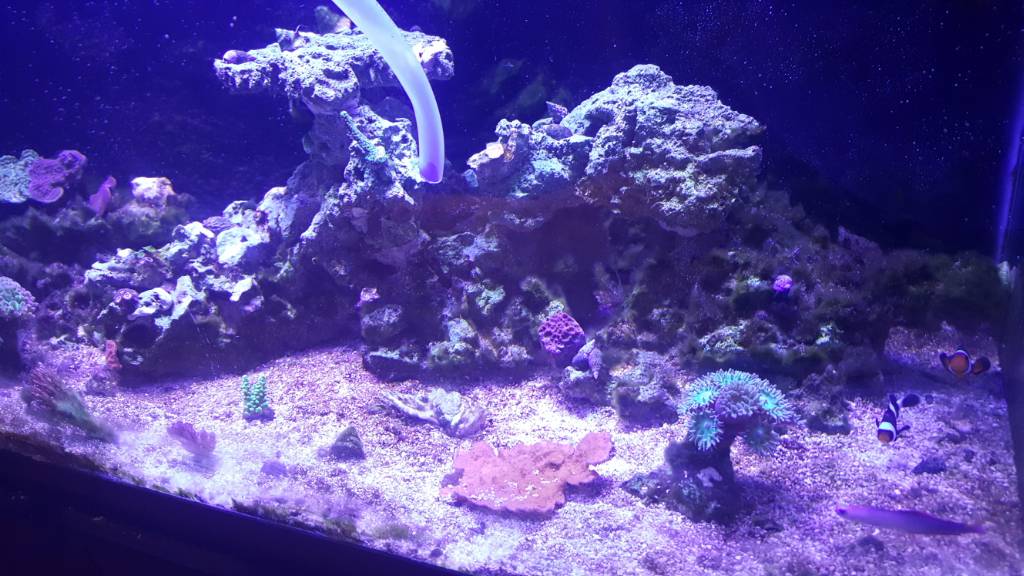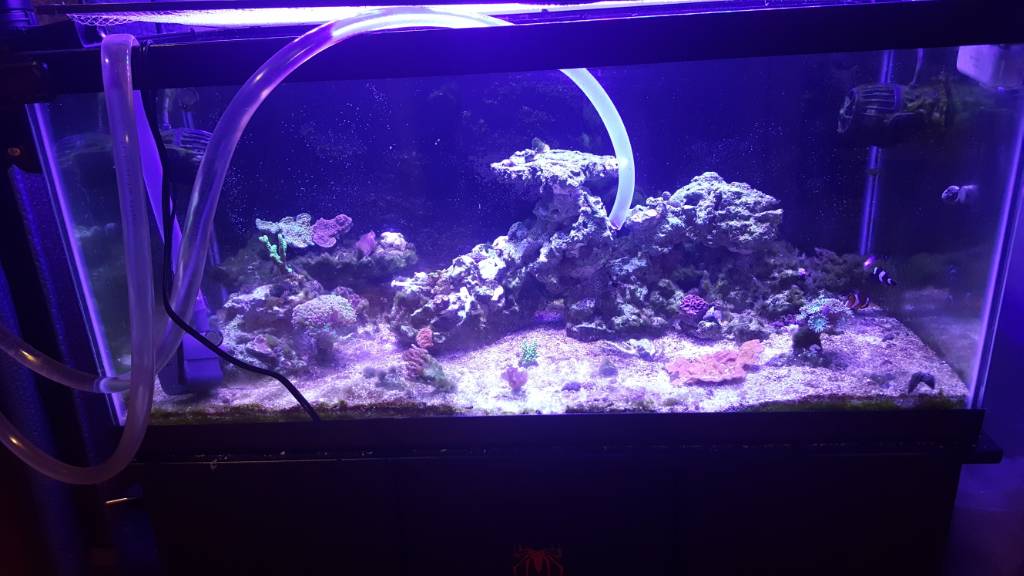How do you guys get just the algae under the scope? Mine is wrapped around sand grain. And that's the other reason I can't get an ID. If I try to remove it from a grain of sandit gets somewhere stuck under my nail or something. I can't get this crap under the scope. I tried several times, then I am looking at nothing. ;Facepalm

I just suck some up with a pipette.









